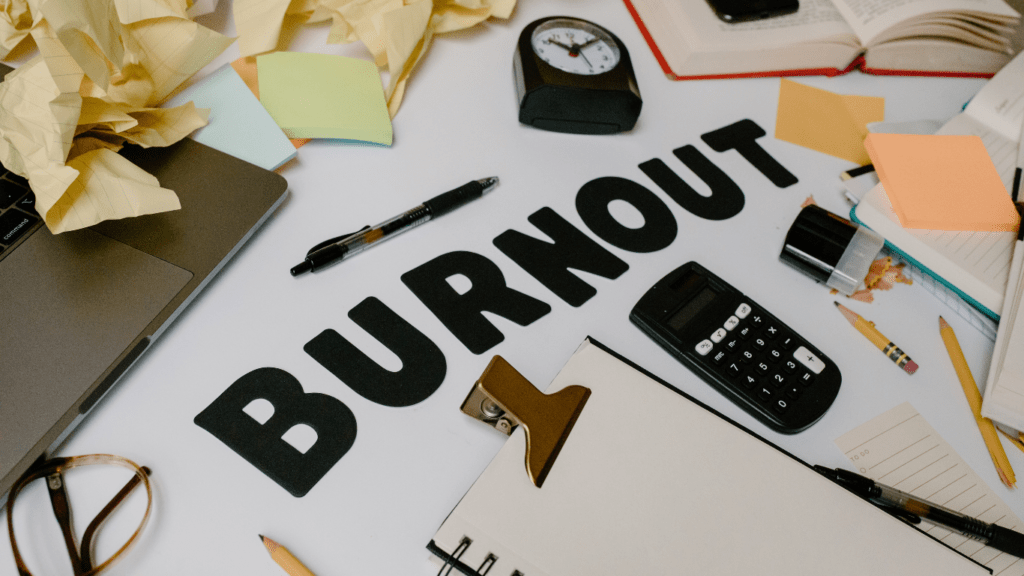Feeling overwhelmed and exhausted at work? You might be experiencing burnout. In today’s fast-paced world, burnout has become a common issue affecting many individuals. In this article, I’ll delve into the essential aspects of identifying and combating burnout to help you navigate through these challenging times.
Recognizing the signs of burnout early is crucial for maintaining your well-being and productivity. From constant fatigue to a lack of motivation, burnout can manifest in various ways, impacting both your professional and personal life. By understanding the warning signals, you can take proactive steps to address and prevent burnout before it escalates.
Join me as we explore practical strategies and effective coping mechanisms to combat burnout effectively. Together, we’ll uncover valuable insights to help you reclaim balance, rediscover your passion, and thrive in all aspects of your life.
Understanding Burnout
Burnout is a prevalent issue in today’s fast-paced world, and it’s crucial to recognize the early signs. Identifying warning signals such as fatigue, lack of motivation, and decreased performance is key to addressing and preventing burnout effectively. By understanding the symptoms and triggers of burnout, individuals can take proactive steps to maintain a healthy work-life balance and avoid reaching a state of complete exhaustion. Recognizing the importance of self-care and mental well-being is the first step in combating burnout and reclaiming a sense of purpose and fulfillment in various aspects of life.
Signs and Symptoms of Burnout
Physical Symptoms
- Constant fatigue and exhaustion, even after adequate rest.
- Frequent headaches or muscle pain without any underlying medical cause.
- Changes in appetite and sleep patterns, leading to disturbances in eating and sleeping routines.
Emotional Symptoms
- Persistent feelings of sadness, anxiety, or irritability.
- A sense of cynicism and detachment from work and personal relationships.
- Inability to concentrate or feelings of being overwhelmed by daily tasks.
- Increased procrastination and difficulty in starting or completing tasks.
- Withdrawal from social interactions and lack of interest in previously enjoyed activities.
- Using unhealthy coping mechanisms such as excessive drinking or overeating to deal with stress.
Risk Factors for Burnout
Recognizing the risk factors for burnout is crucial in preventing its onset. Here are common factors that can contribute to burnout:
- High workload: Heavy workloads with tight deadlines can increase stress levels.
- Lack of control: Feeling a lack of autonomy or decision-making power may lead to burnout.
- Unclear expectations: Not understanding your role or what is expected of you can be overwhelming.
- Work-life imbalance: Spending excessive time working without taking breaks can lead to burnout.
- Lack of social support: Feeling isolated or unsupported in the workplace can impact mental well-being.
Understanding these risk factors can help in proactive management to prevent burnout and prioritize self-care.
Strategies to Combat Burnout
To effectively combat burnout, I prioritize implementing proactive strategies in my daily routine. Addressing burnout requires a holistic approach that focuses on self-care and stress management techniques. Here are some practical strategies I rely on:
- Establish Boundaries: Setting clear boundaries between work and personal life is essential. I make sure to define specific work hours and adhere to them strictly. This separation helps me maintain a healthy balance and prevents work from encroaching on my personal time.
- Practice Mindfulness: Incorporating mindfulness practices such as meditation or deep breathing exercises into my daily schedule has been incredibly beneficial. These techniques help me stay present, reduce stress, and enhance my overall well-being.
- Regular Physical Activity: Engaging in regular physical activity is key to combating burnout. I prioritize exercises that I enjoy, such as walking, yoga, or cycling. Physical movement not only improves my physical health but also boosts my mood and energy levels.
- Seek Support: Building a strong support system is crucial in combating burnout. I make it a point to reach out to friends, family members, or colleagues when I need to talk or vent. Having a support network can provide emotional resilience during challenging times.
- Time Management: Efficient time management skills are essential for preventing burnout. I utilize techniques like prioritizing tasks, creating to-do lists, and delegating responsibilities when necessary. By effectively managing my time, I can reduce feelings of overwhelm and prevent burnout.
Implementing these strategies consistently has helped me combat burnout effectively. By prioritizing self-care, setting boundaries, practicing mindfulness, staying physically active, seeking support, and managing my time efficiently, I can proactively address burnout and maintain my well-being.




 David Benefiel is a seasoned fitness professional and passionate writer for My Healthy Living and Strategies, where he focuses on delivering practical advice for maintaining a balanced and healthy lifestyle. With years of experience in strength training, nutrition, and holistic wellness, David offers in-depth guidance to help readers achieve their personal health goals, whether through tailored fitness plans, dietary changes, or mental wellness practices.
David Benefiel is a seasoned fitness professional and passionate writer for My Healthy Living and Strategies, where he focuses on delivering practical advice for maintaining a balanced and healthy lifestyle. With years of experience in strength training, nutrition, and holistic wellness, David offers in-depth guidance to help readers achieve their personal health goals, whether through tailored fitness plans, dietary changes, or mental wellness practices.